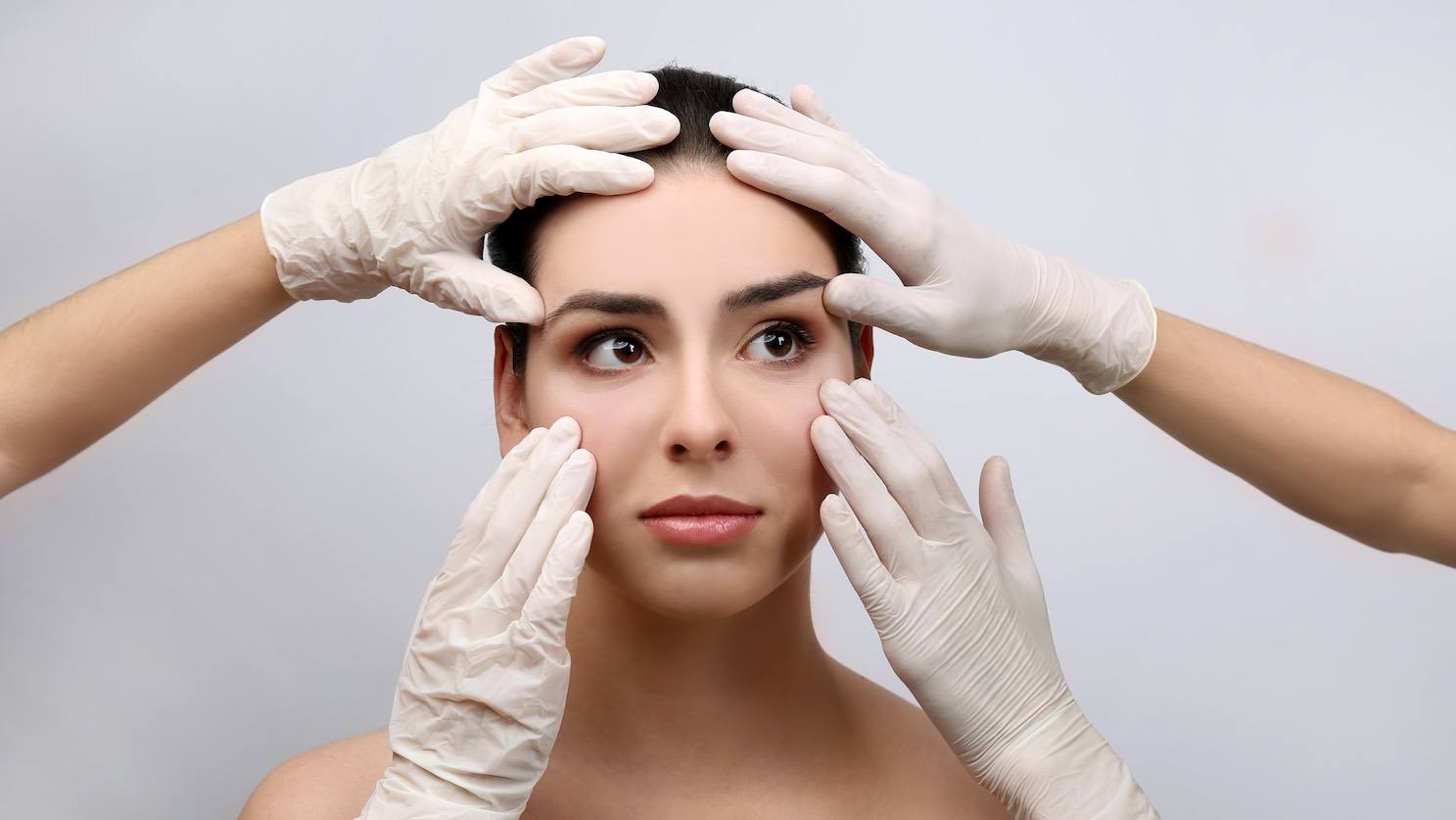No one knows better than Team Costhetics how wonderful dermal fillers can be. We’ve got the beautiful, unlined faces to prove it.
We look refreshed and natural and have full use of all the facial muscles we want. Our team also knows that more important than the formulation of the filler is the education of the person administering the injection.
We recently came across some good news for people who have had bad experiences with dermal fillers administered by non-professional or inexperienced injectors. It’s an enzyme that provides a non-surgical solution to the negative effects of dermal fillers. Before we get into that, however, let’s talk about how to avoid the problem in the first place.
It’s Not the Recipe, It’s the Chef
Professional injectors have been trained extensively in key essentials such as:
- Knowledge of anatomy and physiology
- After-care
- Complication management
Now you know what you want, but how do you find the best? Thanks for asking!
Sniff Test: Questions to Ask a Dermal Injector
Online research is a good way to start your search for a good injector. Once you’ve found a few options, use these questions to narrow down your choices:
- How long have you been injecting full time?
- How long have you been at this location?
- How many treatments do you perform a year?
- What professional memberships do you hold, and how long have you had them?
- Have you ever had to deal with complications?
- What doctor/medical facility are you associated with?
- When can you schedule my consultation?
This last question is extremely important. In Australia, the law requires that you and a doctor consult prior to any injectables being prescribed. That’s right. Dermal injectables are cosmetic medicine and may only be prescribed by a licensed physician. As stated by medical insurance provider Avant, “Good medical practice requires a practitioner to have a face-to-face consultation, and to take a history, including an examination, and obtain an informed consent appropriate to the nature of the treatment, prior to prescribing any medication for a patient.” If you are told that a consultation isn’t necessary, run do not walk, to the nearest exit.
In additional, here are some red flags to watch out for:
- Pricing that seems too good to be true
- No landline for the business, just a mobile number
- No doctors’ names listed in the About Us section of the website
Dermal Fillers: The Dark Side
Unfortunately, cosmetic injections are increasingly being offered by minimally trained individuals in the back alleys of aesthetic enhancement: pop-up shops, beauty salons, and hotel rooms. Self-proclaimed injectors often use illegal fillers such as high-volume biopolymers and industrial-grade silicone. These products were never meant to be injected into the human body and can cause a variety of health problems. So can an untrained injector.
Lacking the background and experience of true professionals, untrained injectors can leave their patients severely disfigured due to
- Use of excess filler
- Bad placement of the filler
- Poor manipulation of the filler once it’s been injected
- Injecting the filler into a blood vessel
The results in these cases can range from disastrous to deadly. Last September, ABC reported on an alarming number of Australians harmed by this practice.
Hyaluonidase: Antidote to Filler Flops
What do you do if your filler fails you? The first thing is to find a licensed doctor who works with a qualified injector. They are the people best qualified to assess the damage and design an effective treatment protocol. They may recommend hyaluonidase.
As you may know, hyaluronic acid is often used as a dermal filler. Despite its acidic name, HA is actually a sugar that is naturally present in human connective tissue. When properly injected, HA can keep you wrinkle-free for months. When mishandled, noticeable lumps, bumps, and discomfort are the result.
Hyaluonidase is an enzyme that acts as a “dispersion agent” with your body. It breaks down hyaluronic acid, making the sugar less viscous and the tissue more permeable. Once it is broken down, it is absorbed by the body and discarded. What’s good about hyaluronidase injections is the speed at which they work. Most patients will have visible results within a day, though it is not uncommon for results to be visible in under an hour. We think that rates a big WOW.
Measure Twice, Inject Once
Before we go, we want to reiterate our #1 point. The Aesthetics Journal has reported, “Hyaluronidase plays an import role in the management of complications with HA dermal fillers, but it should not be a substitute for good technique.” We couldn’t have said it better. Before you opt for dermal fillers, take the time to research and use our questions to select a true professional. If you do that, you won’t have any needling complaints afterwards.
